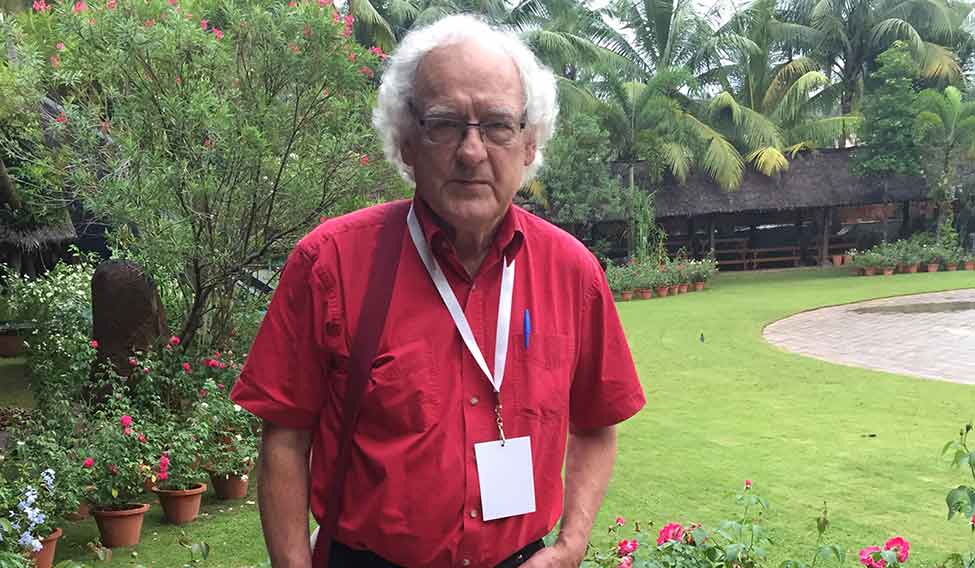Interview/ Professor David Legge, Scholar Emeritus in the School of Public Health and Human Biosciences, La Trobe University, Melbourne
Why do you think the public sector needs to be the primary health care provider in India and other countries?
There is a myth that the market model in health care offers more choice to the consumers. People can choose what luxury bedrooms they want or what wine to go with their meals, but not health. One of the main services that the consumers are looking for is the information they need to make their choices. So, hypothetically, if there are a lot of health care providers offering different products, then the consumers should be able to make a choice depending on knowing the advantages of each product. But this is far from being the case in health care. If it wasn’t such a political move to marketise health care, we would find the myth of the magic of markets more ridiculous. As it is, we have got normalised to the situation.
Why is it so necessary to regulate private players in health?
Take the case of the US where there is very little regulation of the private health sector. The standards of patenting are very low there. So pharmaceutical companies can twist a molecule of a drug and get a patent on the new drug. This has led to a lot of ‘me too’ drugs in the market that essentially serve the same purpose but off which, the companies are making a lot of money. The good thing about India is that its patent act is a very strong one, though it is not as strong as the one formulated in 1970. This needs to be protected. India has allowed its public sector to deteriorate but the answer is not to replace it with the private sector but to make it accountable and properly funded. Today, the country is under a lot of pressure from foreign investors who are demanding that the corporate taxes be reduced for them to invest in India.
What is a sustainable model of health care for India?
I strongly believe that the public sector should largely control the health care policy of any country, either directly through taxation or by having a single payer who pays money to the service providers. If you have lots of different private insurance funds competing with each other or private entrepreneurs delivering health care, then it will be very difficult to regulate the market and allocate resources in an equitable and efficient manner. Another thing that India can adopt is the Chinese model of health care pre-1982 which focused strongly on development of primary health care centres. This is because it did a study of the utilisation rate of hospitals on a geographical basis and found that most people come to these hospitals from local areas. These “work units” were funded either by government departments or by agricultural cooperatives. China began adopting the market model in the early 1980s when the welfare function of these enterprises started becoming a burden.












